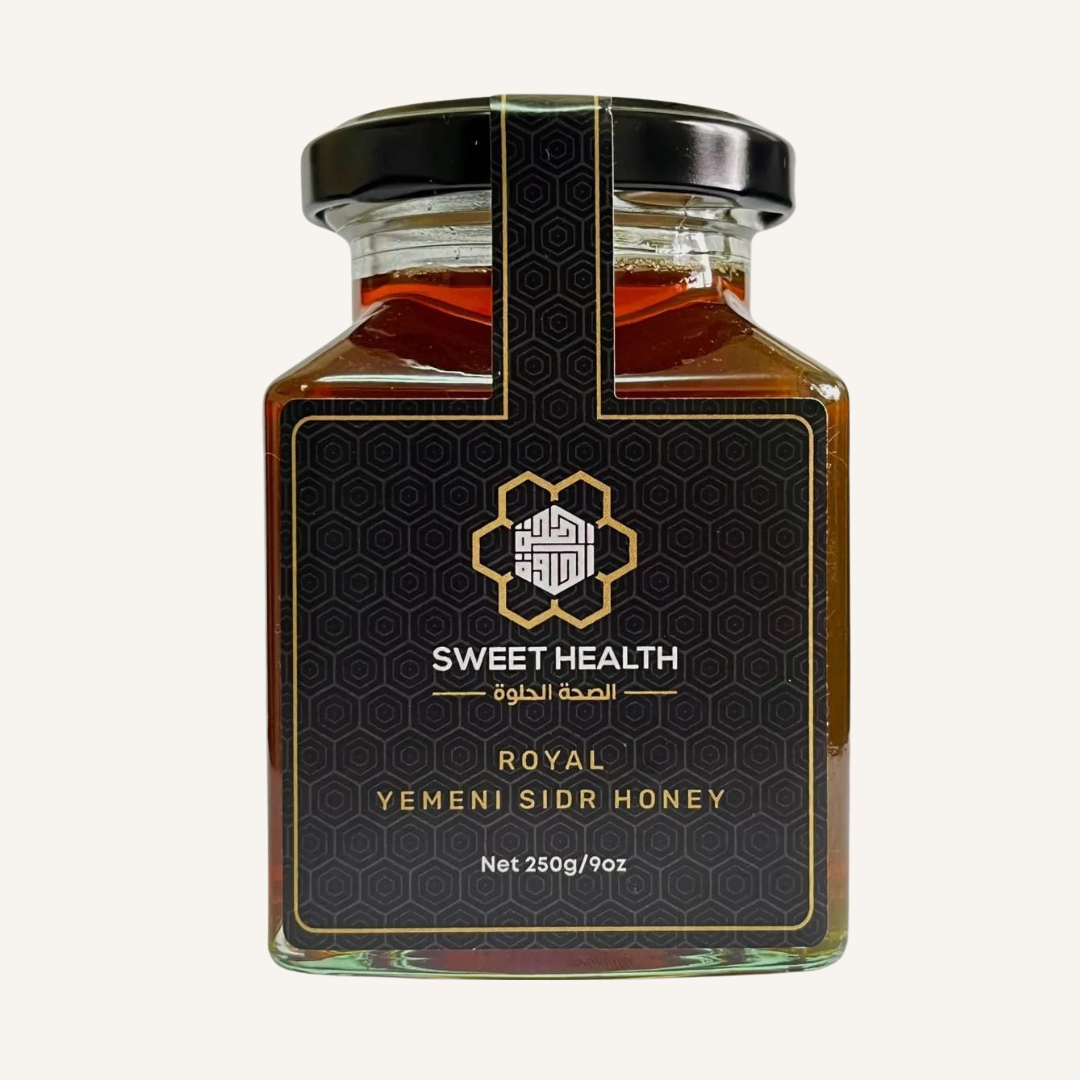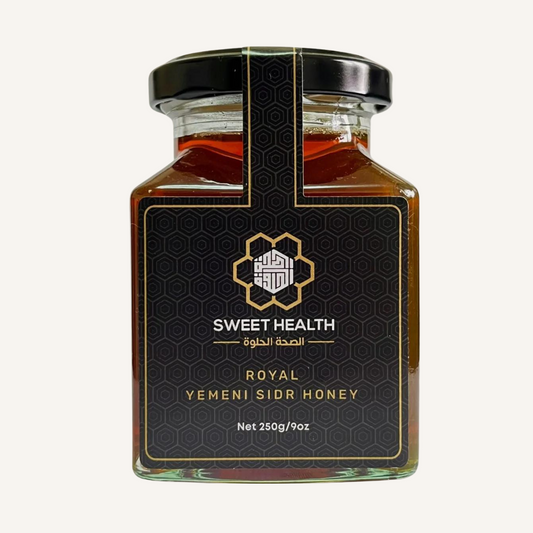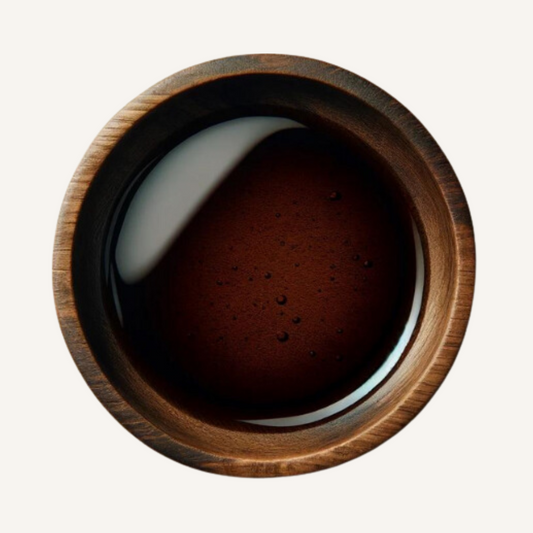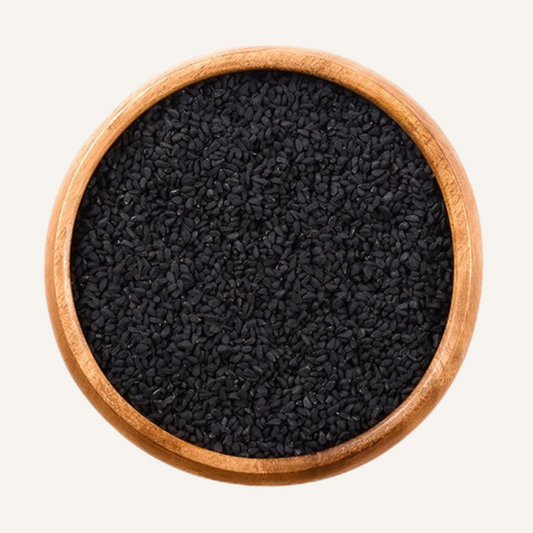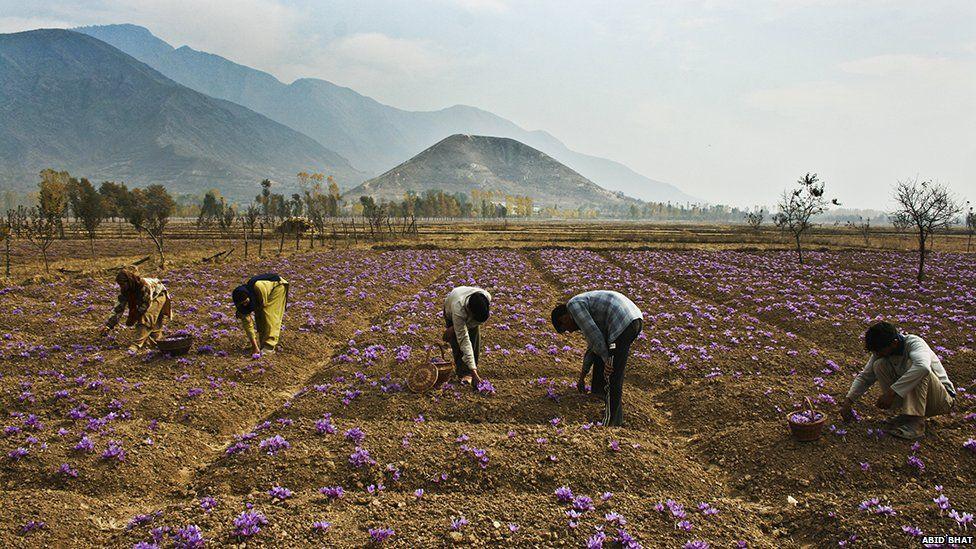
What is Kashmiri Kesar saffron and why should you care!
Abdullaah KhanShare
When it comes to cooking, there are a few ingredients that can take a dish from good to great. One of those ingredients is saffron. Saffron is a spice that has been used for thousands of years, prized for its delicate and distinct flavour and vivid golden hue. But not all saffron is created equal. In fact, there's one variety that stands out above the rest: Kashmiri saffron.
So, what is Kashmiri saffron and why should you care about it? In this article, we'll explore the history, cultivation, and health benefits of this unique spice.
What Makes Kashmiri Saffron Special?
There are a few things that set Kashmiri saffron apart from other types of saffron:
-
Rich Flavour: Kashmiri saffron has a distinct, slightly sweet flavor that is more intense than other types of saffron. This is because the stigmas are thicker and contain more of the essential oils that give saffron its flavor and aroma.
-
Deep Colour: Kashmiri saffron has a deep, rich red color that is indicative of high-quality saffron. The color comes from the crocin pigment, which is a natural carotenoid that is responsible for saffron's color and many of its health benefits.
-
Potent Aroma: Kashmiri saffron has a strong, aromatic fragrance that is often described as floral and slightly earthy. This is because it contains high levels of the volatile oils that give saffron its distinctive aroma.
History of Kashmiri Saffron
Kashmiri saffron is grown in the Kashmir Valley in northern India. This region has a long history of saffron cultivation, dating back to the 11th century when it was brought to the region by Persian traders. Kashmiri saffron quickly became renowned for its quality, and by the 14th century, it was being traded throughout the world.
In the 20th century, however, Kashmiri saffron faced a period of decline. Due to political unrest and environmental factors, saffron production in the region plummeted. Today, only a handful of farmers continue to cultivate Kashmiri saffron, making it one of the rarest and most expensive spices in the world.
Cultivation of Kashmiri Saffron
Kashmiri saffron is grown in a unique environment that contributes to its distinct flavor and aroma. The spice is cultivated in high-altitude regions of the Kashmir Valley, where the climate is dry and cool. The soil is rich in minerals, and the area is surrounded by mountains, which protect the crop from strong winds.
Harvesting Kashmiri saffron is a labor-intensive process. The flowers are delicate and must be picked by hand in the early morning, before the sun has a chance to wilt them. Each flower contains only three stigmas, which must be carefully separated from the rest of the plant. It takes roughly 200,000 flowers to produce one kilogram of saffron, making it one of the most expensive spices in the world.
Health Benefits of Kashmiri Saffron
In addition to its culinary uses, Kashmiri saffron is also prized for its health benefits. Here are just a few of the ways this spice can boost your well-being:
-
Anti-inflammatory properties: Saffron contains compounds that have anti-inflammatory properties, which may help reduce inflammation in the body.
-
Mood booster: Saffron has been shown to have mood-boosting effects, particularly in people with depression. It may also improve memory and cognitive function.
-
Digestive aid: Saffron may help improve digestion and alleviate symptoms of digestive disorders like bloating and constipation.
-
Immune system support: Saffron contains antioxidants that can help protect against oxidative stress and support immune system function.
-
Potential cancer fighter: Some studies suggest that saffron may have anti-cancer properties, particularly in relation to breast cancer.
These are just a few of the many health benefits of Kashmiri saffron. However, it's important to note that more research is needed to fully understand the potential benefits of this spice.
How to Use Kashmiri Saffron
Kashmiri saffron is a versatile spice that can be used in a variety of dishes, from savory stews to sweet desserts. Here are a few tips for using saffron in your cooking:
-
Infuse in liquid: To release saffron's flavor and color, steep it in hot liquid like broth, water, or milk. This will give your dish a beautiful golden hue and a subtle saffron flavor.
-
Use sparingly: Saffron is a potent spice, so a little goes a long way. Start with a small amount and add more as needed.
-
Pair with complementary flavors: Saffron pairs well with other warm, aromatic spices like cinnamon, cardamom, and ginger. It also goes well with citrus and seafood.
-
Store properly: To keep saffron fresh and potent, store it in an airtight container in a cool, dark place.
Conclusion
Kashmiri saffron is a rare and prized spice that has been cultivated for centuries in the Kashmir Valley of northern India. It's known for its distinct flavor, aroma, and health benefits, including anti-inflammatory properties, mood-boosting effects, and potential cancer-fighting properties. While Kashmiri saffron is expensive, a little goes a long way, and it can add a unique and flavorful touch to a variety of dishes.
So, next time you're looking for a way to spice up your cooking, consider trying Kashmiri saffron. You won't be disappointed!
References:
-
Ahmad, A., et al. (2017). Saffron chemoprevention in biology and medicine: a review. Cancer Cell International, 17(1), 1-10. https://cancerci.biomedcentral.com/articles/10.1186/s12935-017-0445-5
-
Bathaie, S. Z., & Mousavi, S. Z. (2010). New applications and mechanisms of action of saffron and its important ingredients. Critical Reviews in Food Science and Nutrition, 50(8), 761-786. https://www.tandfonline.com/doi/abs/10.1080/10408390902773003
-
Bhandari, P. R. (2015). Saffron (Crocus sativus L.) cultivation in India: Present status and future prospects. Journal of Applied and Natural Science, 7(2), 760-764. http://www.scienceandnature.org/JANS/pdf/2015/Volume%207_2,%20July-Dec%202015/JANS-2015-7-2-760-764.pdf
-
Khazdair, M. R., & Boskabady, M. H. (2015). The preventive effects of saffron (Crocus sativus L.) on respiratory system disorders. Iranian Journal of Basic Medical Sciences, 18(12), 1143-1150. https://www.ncbi.nlm.nih.gov/pmc/articles/PMC4687242/
-
Moshiri, E., et al. (2015). Crocus sativus L. (saffron) stigma aqueous extract induces apoptosis in alveolar human lung cancer cells through caspase-dependent pathways activation. BioMed Research International, 2015, 1-11. https://www.ncbi.nlm.nih.gov/pmc/articles/PMC4420196/
-
Shamsa, A., et al. (2010). Crocus sativus L. (saffron) in the treatment of depression, anxiety and other mental disorders: A review of the existing evidence. Phytotherapy Research, 24(5), 733-738. https://onlinelibrary.wiley.com/doi/abs/10.1002/ptr.3044
